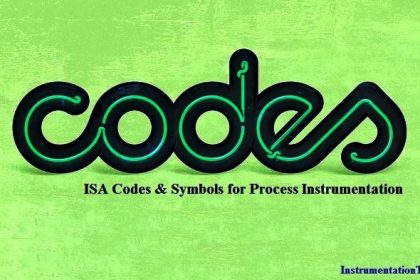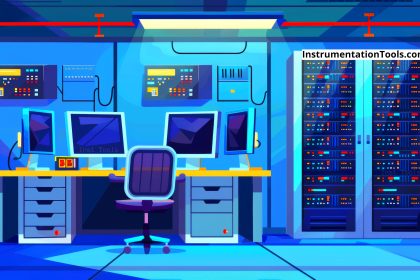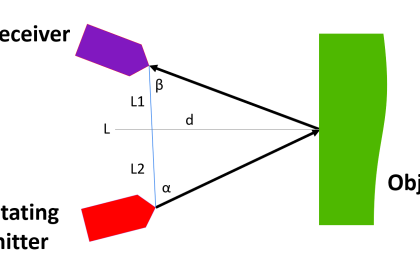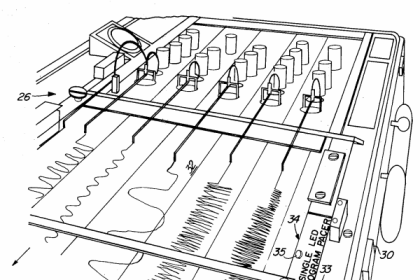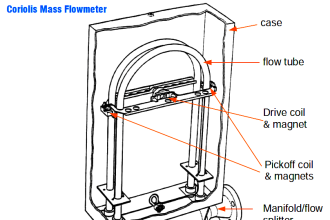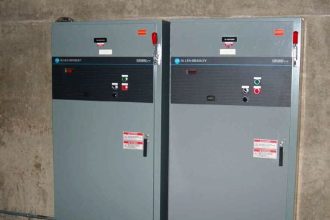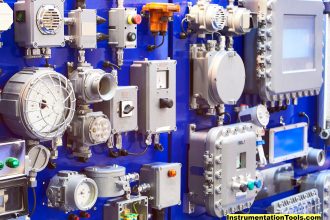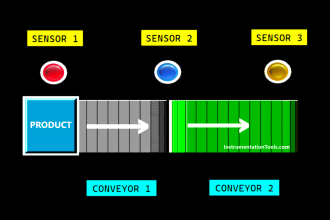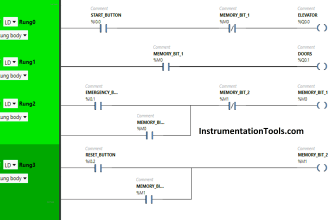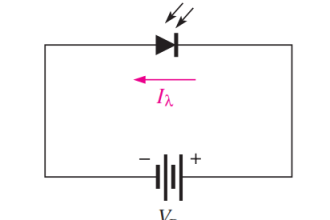Have you ever wondered how the intricate components inside your smartphone or car are made? The answer likely involves a CNC milling machine. These impressive devices play a crucial role in manufacturing across countless industries.
CNC milling machines are behind many of our everyday items, transforming raw materials into precision parts. They are used by small businesses and large corporations across sectors as varied as automotive, aerospace, and electronics.
This article will demystify these complex machines. We’ll examine what a CNC milling machine is, how it works, and why it’s such an integral part of modern manufacturing.
What is a CNC Milling Machine?
Picture a milling machine. Do you see a large, industrial piece of equipment? Now, add a computer system that automates the intricate processes of manufacturing. That’s a CNC milling machine for you.
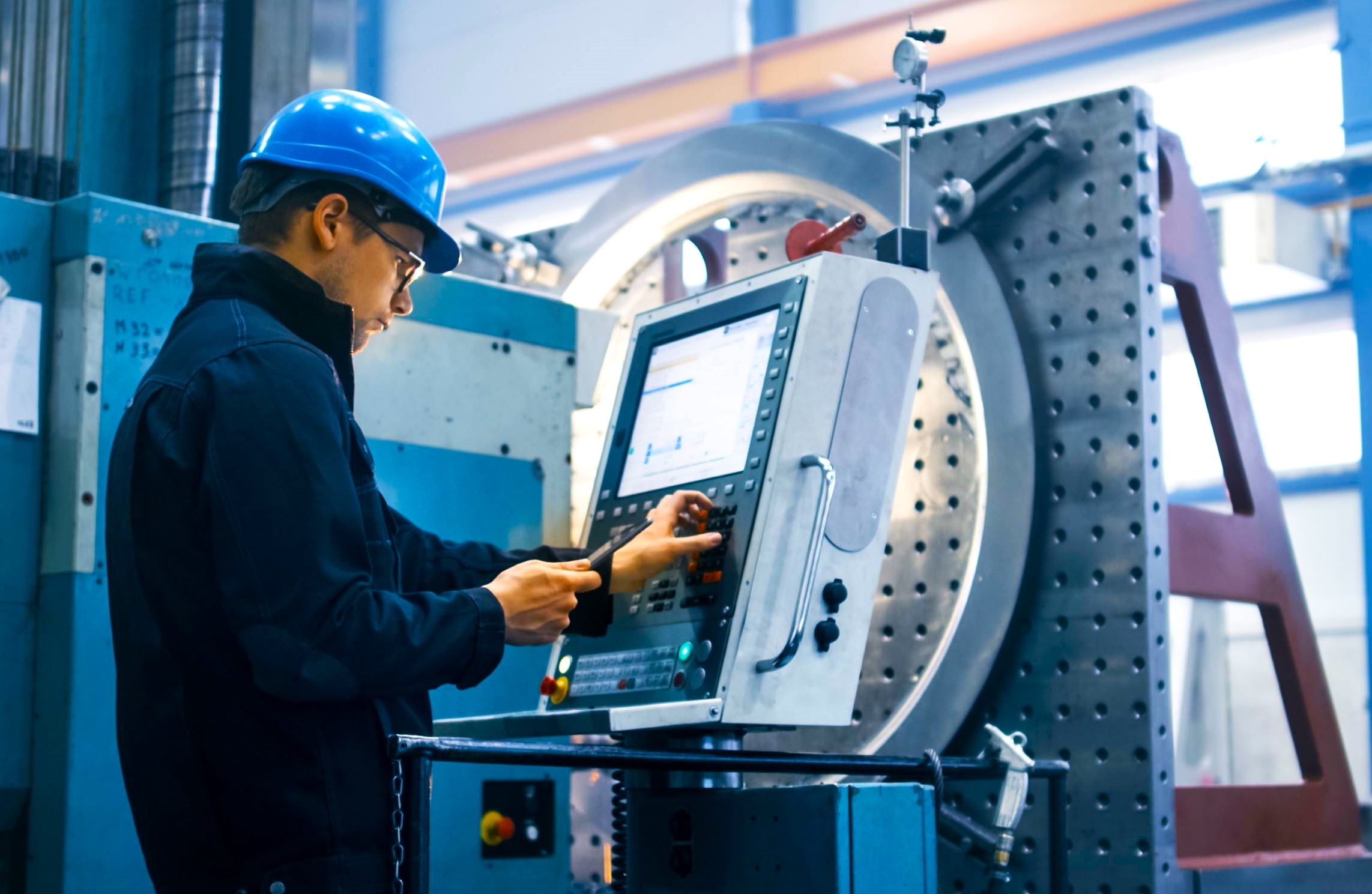
The brain behind these powerful machines is referred to as CNC, which stands for Computer Numerical Control. Like skilled sculptors, CNC milling machines employ rotary cutters to transform a piece of raw material into your desired product. The precision and control with which they carve are governed by the design instructions.
Types of CNC Milling Machines
CNC milling machines come in different shapes and sizes, each designed to serve a specific purpose in manufacturing.
Let’s take a look at some of their common types:
Vertical Mills
Vertical Mills are characterized by a vertical alignment of the cutting tool or spindle, these machines are the most common type of milling machine due to their versatility and easier programming.
Vertical mills are particularly useful in detailed work and are a favorite in smaller manufacturing operations. The vertical orientation allows for more precision when handling individual pieces.
Horizontal Mills
In horizontal mills, the cutters are mounted on a horizontal spindle. They’re often used for large-scale manufacturing and can handle heavier, more complex workpieces.
Due to their design, horizontal mills can efficiently perform tasks like slotting, whereas vertical mills might struggle.
Multi-Axis Mills
The Multi-axis mills can operate along multiple axes – usually three to five – allowing for the creation of more complex shapes and designs. While they offer increased flexibility and precision, they do require a higher level of operator skill.
Multi-axis mills are often employed for tasks that need a high degree of accuracy, like aerospace components.
Desktop Mills
The desktop mills are smaller, more compact versions of CNC milling machines designed for hobbyists, educators, or small-scale manufacturers. Despite their size, they still use the same fundamental CNC technology.
A desktop mill is a great introduction to the world of CNC milling, offering the power of milling in a smaller, more affordable package.
Each of these variations serves a unique purpose, addressing specific needs in the manufacturing process. And as technology takes giant strides forward, the versatility and capabilities of CNC milling machines grow accordingly.
How Do CNC Milling Machines Work?
The operation of a CNC milling machine might seem daunting, but when broken down, the process is quite straightforward. The journey from raw material to finished product involves a series of steps:
- Design Conception: The process starts by developing a 3D model of the intended product with the help of computer-aided design (CAD) software. This digital model sets the groundwork for the milling procedure.
- Program Generation: The design blueprint from the CAD is then converted into an understandable format for the CNC machine using computer-aided manufacturing (CAM) software. This program instructs the milling machine in the product’s fabrication.
- Machine Preparation: Up next is the arrangement of the CNC milling machine with the requisite tools and work materials. This involves the selection and fitting of suitable drill bits, designating the initiation points, and firmly placing the workpiece on the machine platform.
- Milling Execution: With the CNC program activated, the milling execution commences. The machine diligently follows the coded instructions, making meticulous cuts to modify the workpiece into the envisioned shape.
- Post-Milling Adjustments: Upon completion of milling, further processes might be necessary to fine-tune the product. Such refining steps could include smoothing, color application, or component assembly.
From transforming a 3D digital model into a tangible product, the CNC milling machine delivers a seamless and efficient manufacturing process. The capability of these machines is not confined to the creation of simple objects. You’d be amazed at the variety of products and industries that depend on these machines.
Applications of CNC Milling Machines
CNC milling machines have a wide range of applications due to their versatility and precision. They’re used in numerous industries, creating an array of products that we encounter daily.
Here are just a few examples:
- Automotive Industry: CNC milling machines are instrumental in creating critical parts such as engine components and custom modifications for our vehicles.
- Aerospace Industry: These machines meet the high-accuracy requirements in the aerospace industry, manufacturing essential components like wings and engine parts.
- Electronics Industry: Micro-manufacturing processes in the electronics industry, such as those needed for smartphones and computers, often rely on CNC milling.
- Medical Industry: From surgical equipment to implants and prosthetics, CNC milling machines contribute significantly to the production of critical medical devices.
As you can see, CNC milling machines play a critical role in manufacturing many of the products we use every day. This versatile tool truly underscores the marvels of modern manufacturing.
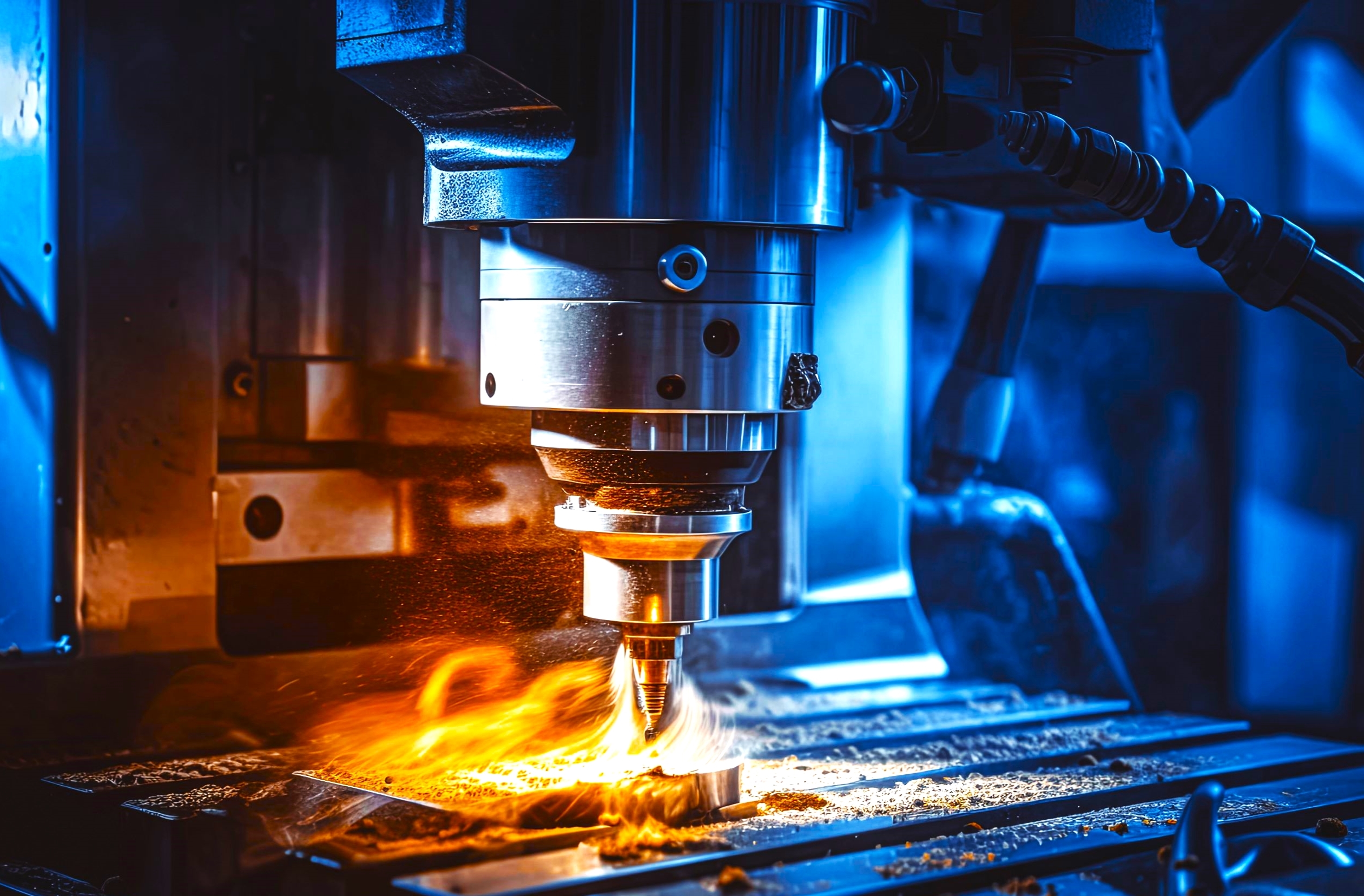
Final Thoughts
From waking up to your smartphone alarm to driving your car, CNC milling machines have played a part. They’re the silent sculptors, transforming raw materials into the components that power our lives. The applications of these machines are as diverse as the industries they serve, showcasing their versatility and precision.
CNC milling machines represent the merging of technological innovation and manufacturing skills. They have revolutionized industries, made production more efficient, and allowed for the creation of complex products that were once thought impossible.
As we continue to push the boundaries of what’s possible, CNC milling machines will continue to influence our daily lives, one precision-cut part at a time.

